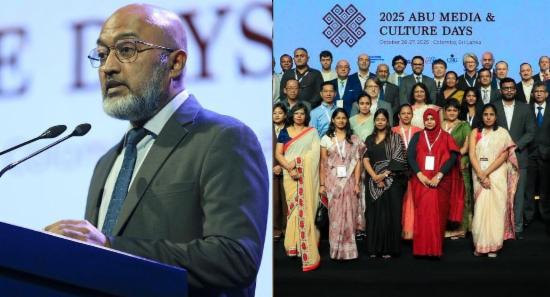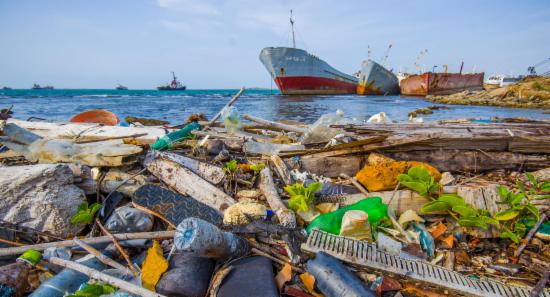.webp)

Permission NOT obtained for Chinese JV at Tissamaharama Wewa; Archaeology Dept
COLOMBO (News 1st); The Department of Archaeology has confirmed that permission was NOT obtained for the Chinese Joint Venture (JV) to dredge and clean up the ‘Tissamaharama Wewa’, said to have been constructed in the 3rd Century BC by a Sri Lankan King.
The Director-General of Archaeology Professor Anura Manatunga said personnel from the Department of Archaeology were deployed to the site for inspection.
Speaking to News 1st he said it is mandatory to obtain permission from the Department of Archaeology for any development activity in the country.
However, he said permission was not obtained with respect to irrigation projects in the country in the recent past.
'We have informed all stakeholders, including the Department of Irrigation to obtain permission from the Department of Archaeology when renovating ancient irrigation tanks or Wewa's," he said.
The Director-General of Archaeology told News 1st that permission was NOT obtained for the dredge and clean-up activity taking place at the ancient Tissamaharama Wewa in the South of Sri Lanka.
'We informed them to immediately obtain permission from the Department of Archaeology and follow the necessary protocols," he added.
"Personnel from the Department of Archaeology had inspected the site and confirmed no damage has been caused to any historic site in the area due to this project," he added.
It is believed that the Tissamaharama Wewa was built during the reign of King Yatala Tissa who ruled the Kingdom of Ruhuna or his uncle, King Devanampiyatissa who ruled the Kingdom of Anuradhapura.
The Tissamaharama Wewa is a unique attraction to the area and is one of the tanks that boasts of Sri Lanka's great irrigation history.
Recently, a Chinese Joint Venture (JV) to dredge and clean up the ‘Tissamaharama Wewa’ commenced and it led to serious controversy following the presence of camouflage-clad personnel at the site.
The uniforms worn by these Chinese personnel were similar to that worn by the Chinese People's Liberation Army.
Other Articles
Featured News





.png )

-816430_550x300.jpg)
-816424_550x300.jpg)


-816400_550x300.jpg)





-812087_550x300.jpg)
-810262_550x300.jpg)
-809496_550x300.jpg)

















.gif)